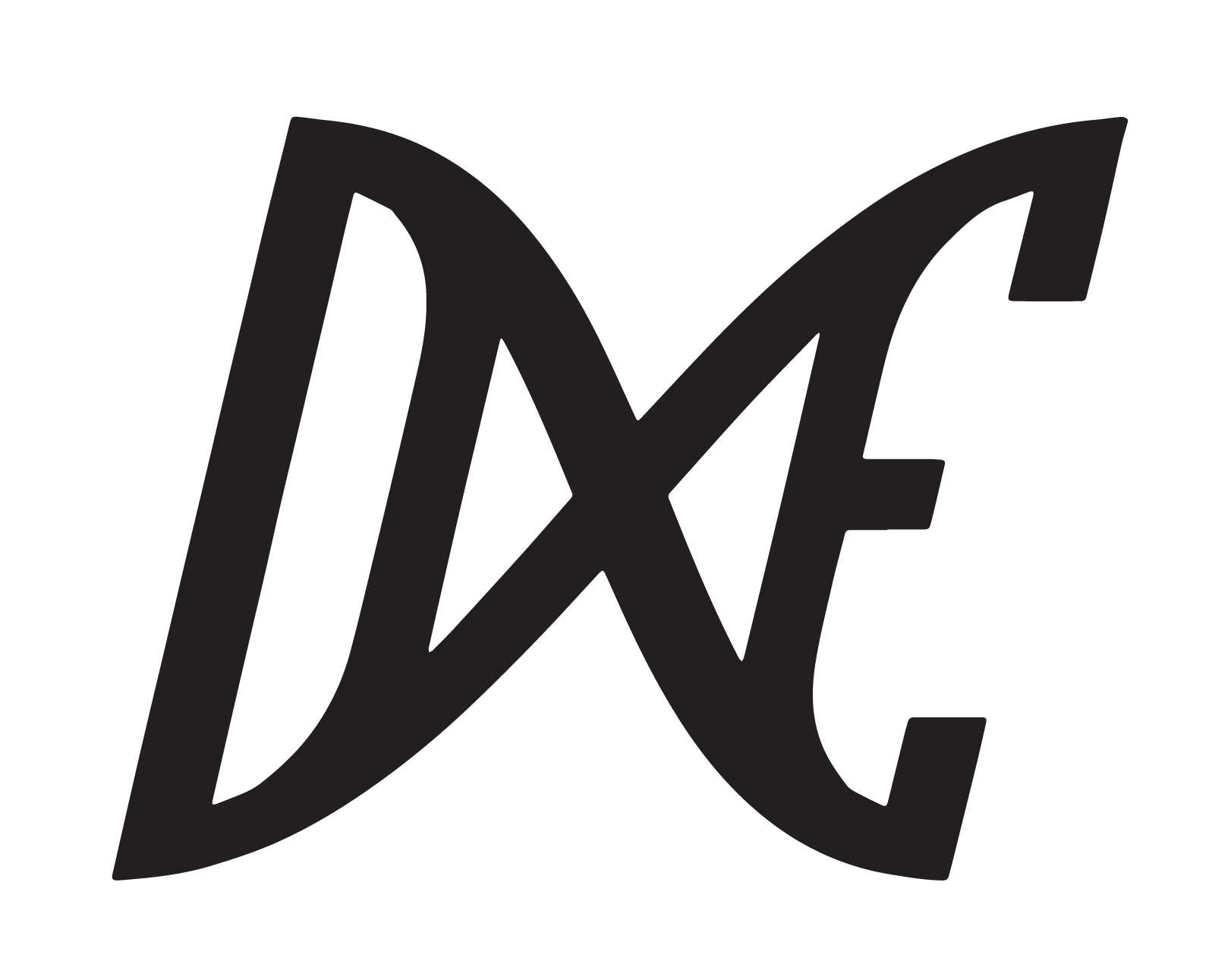Three Steps to Building a Diverse Movement

by Wayne Hsiung
I posted earlier today on how inspired I was, as a Chinese person, to see so many Chinese faces at the Global March for Elephants and Rhinos this past weekend. And the march organizers did a fantastic job of not just seeking out feedback, but modifying the march message and tone to reflect concerns from the Chinese community. But in raw numbers, we are still far short of where we need to be in order to achieve real success.
One third of the population of San Francisco is Asian, and 52% of the population is of color. While there were some amazing faces of color speaking for the march, including the lead organizer Rosemary Alles (who is Sri Lankan), the march was still perhaps 90% white.
Direct Action Everywhere and Animal Liberationists of Color (ALOC) are on a mission to change these dynamics. As distinguished scholars have noted, we have to represent the world if we are going to change the world. But we need help from you to do that. So here are three steps that are important for all of us to take if we want to build a stronger and more diverse movement.
1. Acknowledge the gap.
We can't start addressing the diversity problem until we're willing to acknowledge that it exists, and discuss ways to solve it. A diversity policy is a great first step, as is building a culture that encourages underrepresented communities to participate.
2. Seek buy-in and feedback.
Actively encourage people from under-represented communities to have significant roles in your campaign, listen to what they have to say (they'll have different and important perspectives, based on their unique experiences in life), and empower them to become activists in both their local communities and in the broader movement.
3. Don't be evil.
Don't play on stereotypes (whether explicit or implicit). Don't target under-represented communities for protest without buy-in from that community. Don't lash out when someone from a community of color raises a concern about possible racism. And support efforts to shift our movement's resources and attention away from "foreign" and "minority" contributions to the problem, and back to domestic and majority contributions. (E.g. the US remains the world's largest animal killer and, historically, the world's largest contributor to the destruction of habitat for non-human animals.)
Three easy steps to enhancing diversity. Three easy steps to building a stronger and more inclusive movement. Three easy steps to help us down the path to liberation.



